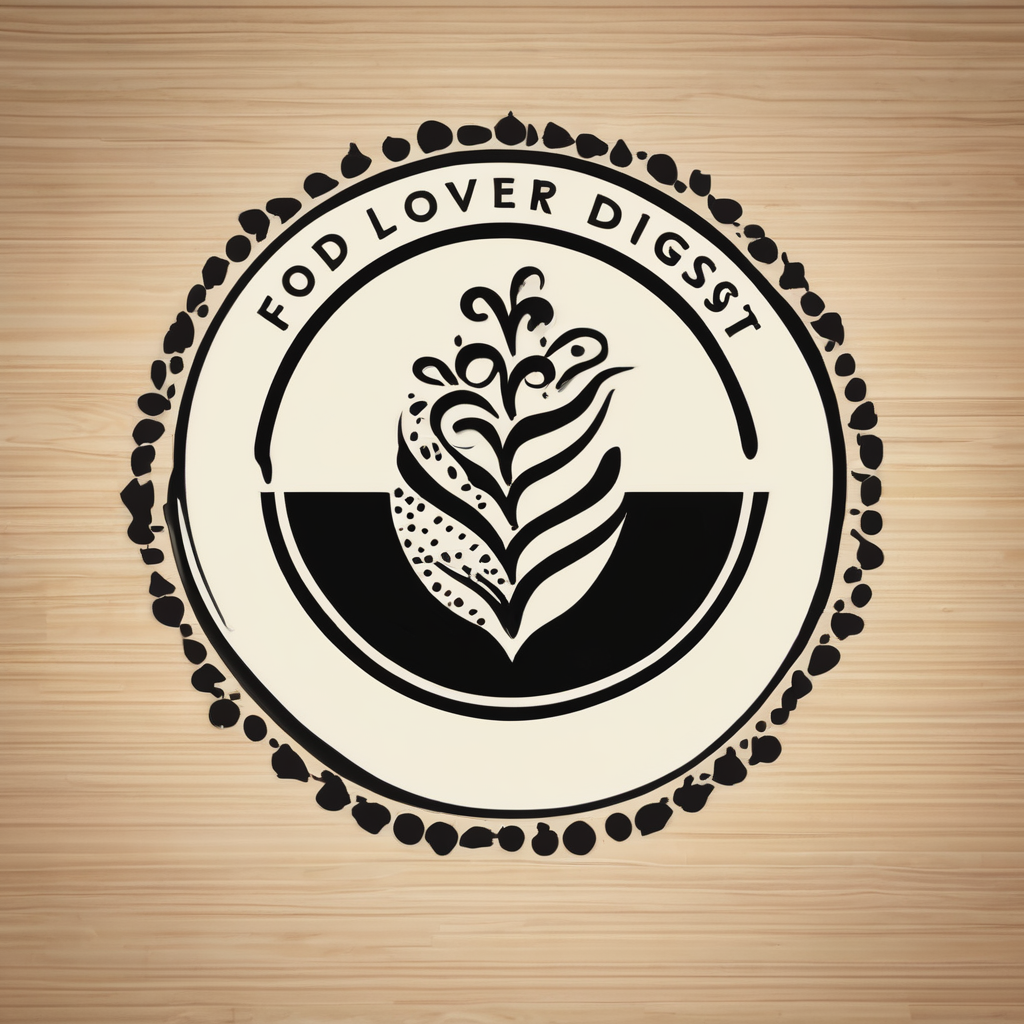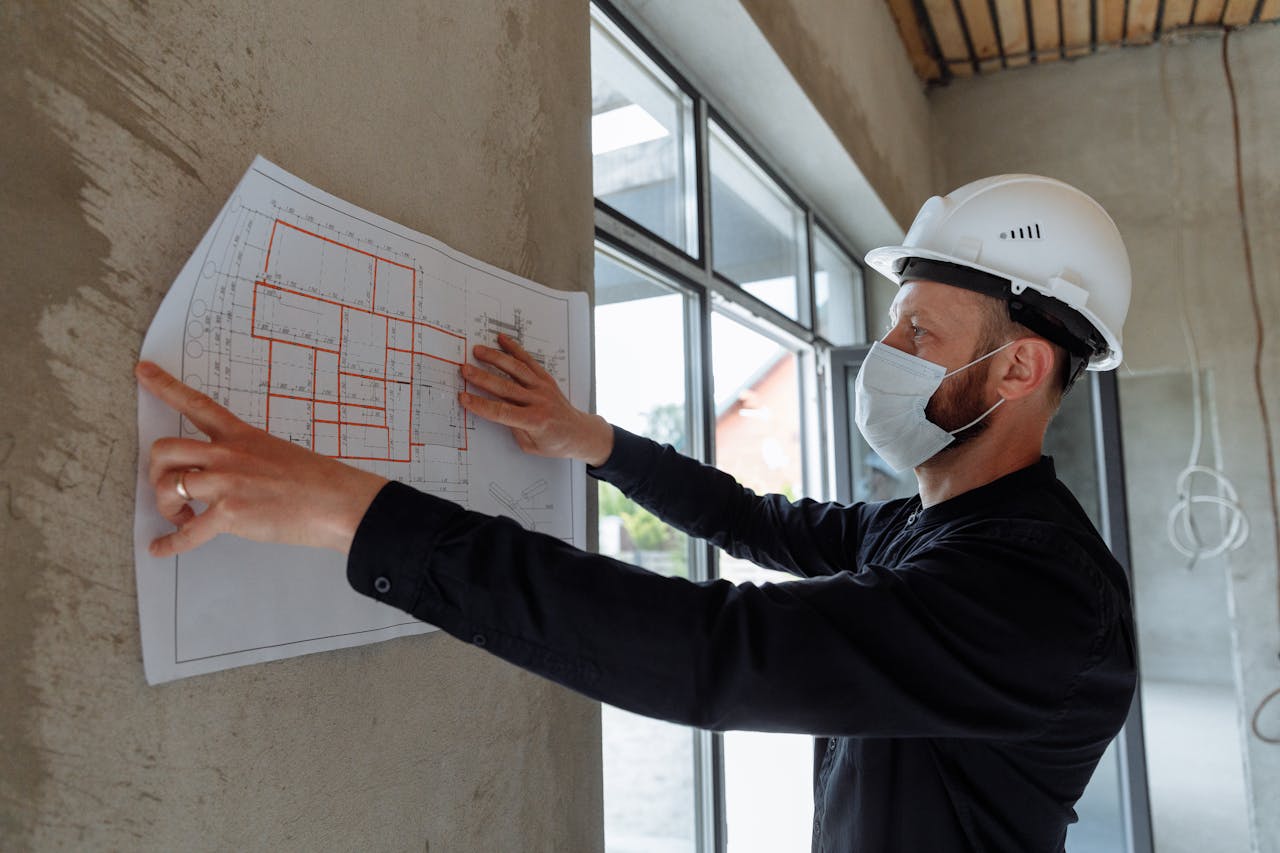The restaurant industry is known for being highly competitive. To stand out, you need to create a unique dining experience that engages your customers on multiple levels. One of the key elements to consider in creating this experience is your restaurant’s interior design. Balancing traditional and modern design elements can be a challenge, but when done right, it can significantly enhance your customers’ dining experience, increasing your restaurant’s appeal and profitability. In this article, we will explore how to strike a balance between traditional and modern elements in a restaurant’s renovation to create a space that is both appealing and inviting.
Incorporating Traditional Elements
The first step in balancing traditional and modern elements is to understand what traditional elements can bring to your restaurant’s design. Traditional elements often bring a sense of comfort and familiarity, making your customers feel at home. These elements can include the use of warm colors, soft lighting, classic furniture, and old-world decor.
Also to read : What are the top safety protocols for using deep fryers in commercial kitchens?
Implementing traditional elements requires a thoughtful approach. It’s not about displaying antiques or emulating a particular historical period. Instead, it’s about incorporating elements that evoke a sense of nostalgia or tradition. This could include using a heritage color palette, choosing furniture with a classic design, or incorporating traditional materials like wood and stone.
One of the strategies to successfully incorporate traditional elements is to choose a theme that fits well with the kind of food you serve. For instance, if you run an Italian restaurant, using rustic wooden beams, terracotta tiles, and vintage wine bottles as decor can create a traditional Italian ambiance.
In parallel : How can introducing live music impact your bar’s nightly revenue?
Blending in Modern Elements
While it’s important to maintain a sense of tradition, modern elements are key to keeping your restaurant relevant and appealing to today’s customers. Modern design is characterized by clean lines, minimalist decor, and innovative use of materials and technology.
Modern elements can be seamlessly integrated into your restaurant’s design through smart use of lighting, furniture, and decor. For example, using LED lighting to highlight key areas, choosing furniture with sleek lines, and incorporating high-tech features like digital menus or touch-screen ordering systems can all create a modern look and feel.
Color can also play a critical role in creating a modern ambiance. Using a palette of cool, neutral tones with a few bold accents can create a contemporary look. You can also experiment with textures and patterns to add a modern touch.
Striking the Balance
Balancing traditional and modern elements is all about creating a harmonious blend that enhances the dining experience. This means neither style should overpower the other. Instead, they should work together to create a cohesive design.
One way to achieve this balance is by using traditional elements as the backbone of your design and then layering modern elements on top. For example, you could use a traditional color scheme and materials, but introduce modern furniture, lighting, and technology. Alternatively, you could use a modern layout and color scheme but incorporate traditional furniture and decor.
Renovation Strategies
When renovating your restaurant, it’s essential to plan carefully to ensure that the balance between traditional and modern elements is maintained. This involves considering the existing structure and layout, the type of food you serve, and your target customers.
Start by identifying the traditional elements you wish to retain or enhance and the modern elements you want to introduce. This could include keeping the original woodwork but updating the lighting, or keeping the traditional layout but introducing modern seating and tables.
Remember that the goal of your renovation is not just to update the look of your restaurant, but also to improve the dining experience for your customers. This means considering how the changes will affect the flow of service, the comfort of your customers, and the atmosphere of your space.
Creating a Unique Dining Experience
Ultimately, the aim of balancing traditional and modern elements in your restaurant’s design is to create a unique dining experience that sets your restaurant apart. This involves more than just the physical elements of your design; it includes the overall atmosphere, the quality of your service, and the food you serve.
Designing a restaurant is a holistic process, considering all aspects of the dining experience. Your design should reflect the personality of your restaurant, create a comfortable and inviting atmosphere, and enhance the enjoyment of your food. By balancing traditional and modern elements, you can create a unique space that appeals to a wide range of customers, making your restaurant a popular choice for dining.
Keep in mind that any changes you make should align with your brand and the expectations of your customers. Don’t be afraid to innovate, but also remember to respect the traditions that make your restaurant unique. By doing so, you can create a restaurant that combines the best of both worlds, offering a dining experience that is both familiar and exciting.
Leveraging Social Media and Design Trends
In today’s digital era, social media plays a crucial role in the restaurant industry. It’s not just a platform for promotion, but also a source of inspiration for interior design. It provides an avenue to explore the latest design trends and gauge what appeals to your target audience.
Browsing through social media outlets like Instagram, Pinterest or design-centered blogs can give you an insight into the current trends in restaurant design. You might discover a new modern design element like unique lighting fixtures, or a traditional design that’s making a comeback, such as vintage furniture. Using these platforms can also help you understand what elements in your restaurant interior are photo-worthy and can attract more customers.
However, while it’s important to keep abreast of design trends, you shouldn’t follow them blindly. Trends come and go, but the essence of your restaurant should remain constant. Always ensure the trends you choose to incorporate align well with your existing interior design, without compromising on your restaurant’s unique character. Blend these trends with your traditional and modern elements to create a distinctive dining experience.
The Role of an Interior Designer
Balancing traditional and modern elements in a restaurant renovation can be a challenging task. It requires a keen eye for detail and meticulous planning to harmoniously blend these elements. This is where hiring an experienced interior designer can be beneficial.
An interior designer can provide expert guidance in choosing the right color palette, selecting the appropriate furniture, or deciding on patterns and textures that can enhance your space aesthetically. They can ensure that your restaurant design strikes the perfect balance between functionality and aesthetics, without sacrificing the comfort of your customers or the work environment of your employees.
Furthermore, an interior designer can help interpret your vision, taking into account the type of food you serve, the kind of customers you attract, and the overall atmosphere you want to create. Whether you run a fast food joint, a fast casual eatery, or a fine dining restaurant, a designer can adapt your space to suit your needs and preferences.
Conclusion
Balancing traditional and modern elements in a restaurant design is a delicate art. It involves understanding the essence of your brand, identifying the needs of your customers, and recognizing the potential of your existing space.
It’s about creating a unique dining experience that resonates with your customers – an experience that combines the comfort of tradition with the excitement of the modern. This balance can influence everything from the flow of service, to the joy your customers derive from their meals, to the memories they take home.
Remember, your restaurant’s interior design is more than just its physical appearance. It’s a reflection of your restaurant’s soul. So, whether you’re considering a renovation or starting a new restaurant, strike the perfect balance between traditional and modern design elements to create a space that’s not only aesthetically pleasing but also meaningful and memorable.
In doing so, you’ll not only create a space that customers love, but also a restaurant that stands the test of time in this competitive industry. So, take the time to plan your design, consider hiring a professional interior designer, and don’t forget to use social media as a source of inspiration and promotion. By doing so, you’ll ensure that your restaurant is a place where tradition meets innovation, creating a truly unique dining experience.






